Some animals just don’t follow the rules.
When we think of egg-layers, most of us picture birds perched on nests. But nature has other plans—and it gets weird fast. From underwater architects to scaly surprise-layers, the animal kingdom is full of creatures who lay eggs with zero feathers in sight.
You’ll meet mammals that act like reptiles, fish with parenting skills stranger than fiction, and bugs that treat egg-laying like a military operation.
Get ready to crack open a list of animals that prove birds don’t have a monopoly on the egg game.
Platypus
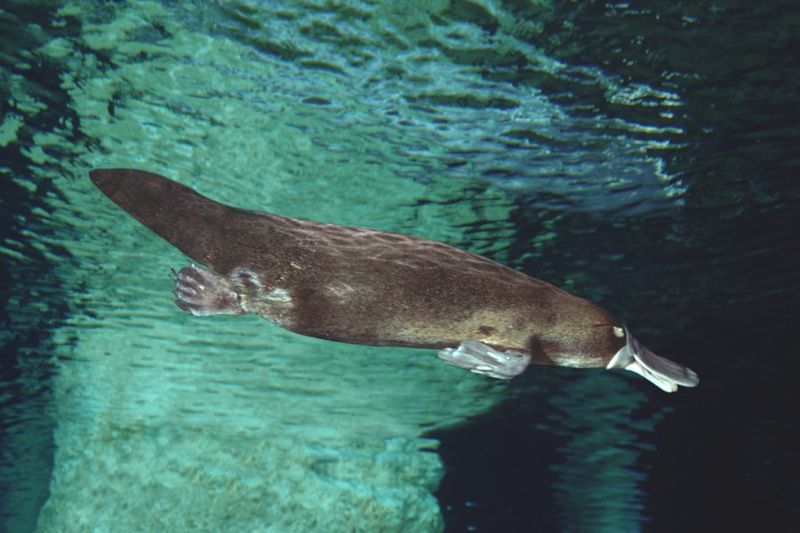
The platypus, a marvel of nature, stands out with its blend of duck, beaver, and otter features. Native to Australia, this monotreme lays eggs despite being a mammal. Picture a quiet riverbank where this unique creature hunts for food, using its bill to detect prey.
Monotremes like the platypus provide a rare glimpse into mammalian evolution. Its young hatch from eggs and are nurtured with milk, a curious blend of reptilian and mammalian traits. This oddball of the animal kingdom captivates with its distinctive appearance and unusual reproductive habits.
Emperor Penguin
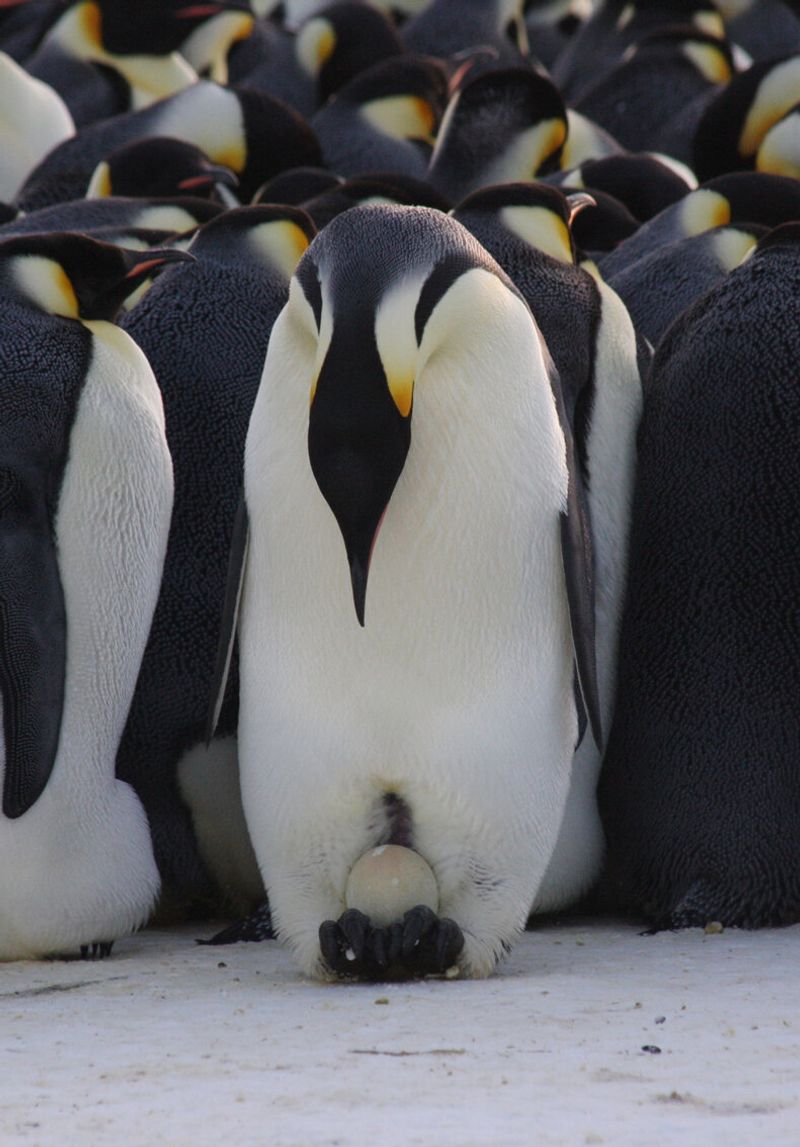
Towering above other penguins, the Emperor penguin is a regal figure amidst the icy Antarctic landscape. These birds are devoted parents, enduring harsh conditions to incubate their single egg on their feet, covered by a flap of skin.
During the brutal winter, males fast while keeping the egg warm, a testament to their resilience. As summer arrives, chicks emerge, ready to explore their frigid world. Emperor penguins exemplify endurance and the power of parental care in the face of adversity.
Green Sea Turtle

Beneath the moonlit sky, a green sea turtle drags itself ashore to lay its eggs, a ritual as ancient as the tides. These marine reptiles return to the very beach where they hatched, guided by the Earth’s magnetic fields.
Each clutch contains hundreds of eggs, buried carefully in the sand. This act of instinctual dedication ensures the survival of future generations. As hatchlings emerge, they dash to the sea, beginning their own oceanic odyssey. The green sea turtle’s life cycle is a testament to nature’s enduring rhythms.
Komodo Dragon
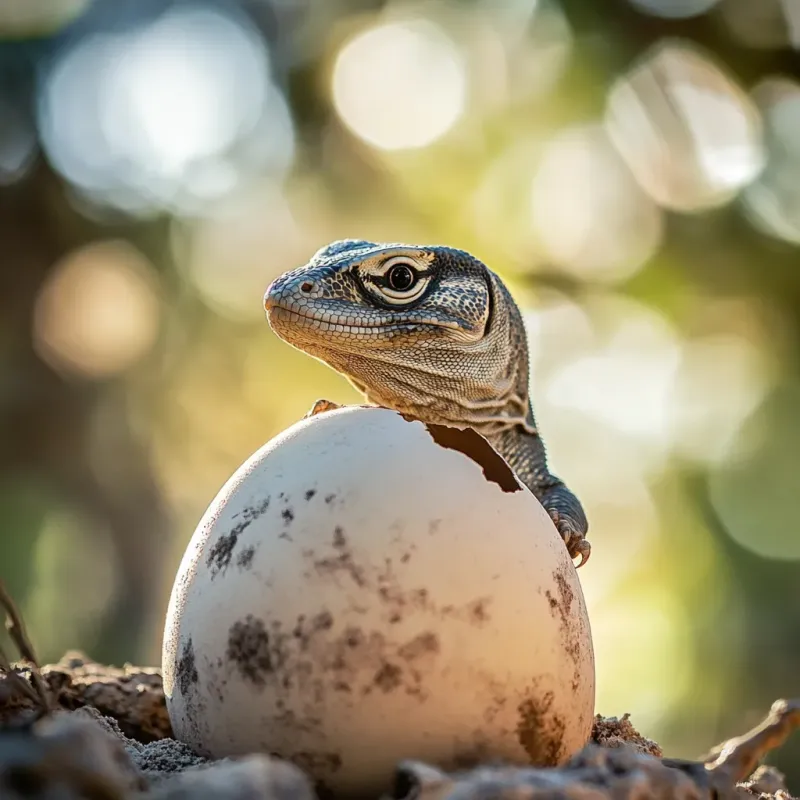
In the sun-drenched islands of Indonesia, the Komodo dragon reigns supreme. This formidable reptile lays eggs in burrows, utilizing the earth’s warmth to incubate them. As apex predators, Komodo dragons command respect in their rugged domain.
Hatchlings must fend for themselves from birth, avoiding adults who might view them as prey. This survival instinct is key to their development. With their powerful physique and strategic intelligence, Komodo dragons showcase the raw power of evolution.
Horn Shark
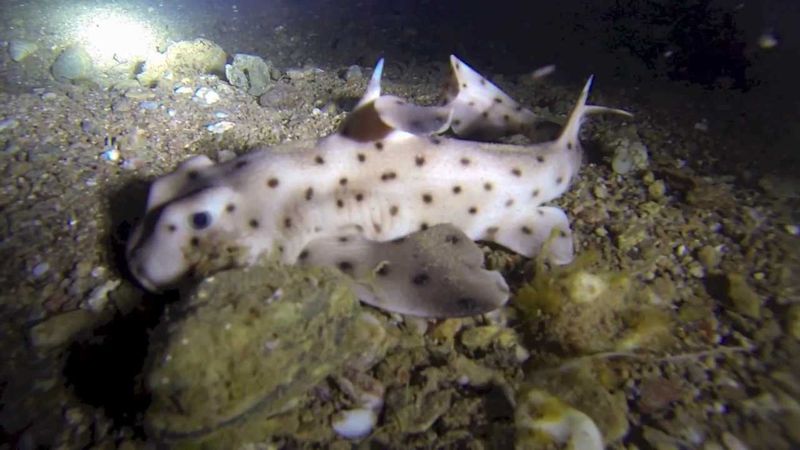
Amidst the serene kelp forests of the Pacific, the horn shark glides with grace. These sharks lay spiral-shaped egg cases, often wedged into crevices to protect them from predators.
The horn shark’s distinctive appearance, with spiny dorsal fins, hints at its ancient lineage. These nocturnal hunters rely on stealth and cunning, embodying the timeless mysteries of the ocean. Their reproductive strategy is one of patience, as eggs take several months to hatch, unveiling the cycle of marine life.
Ostrich

The ostrich, a giant of the grasslands, lays the largest eggs of any living land animal. With powerful legs and a keen gaze, this bird thrives in the open plains of Africa.
Ostriches lay their eggs in communal nests, where cooperative breeding ensures the survival of the brood. This social behavior is a remarkable adaptation to their environment. Despite their size, ostriches are swift runners, able to outpace many predators. Their eggs symbolize strength and unity in the animal kingdom.
King Cobra
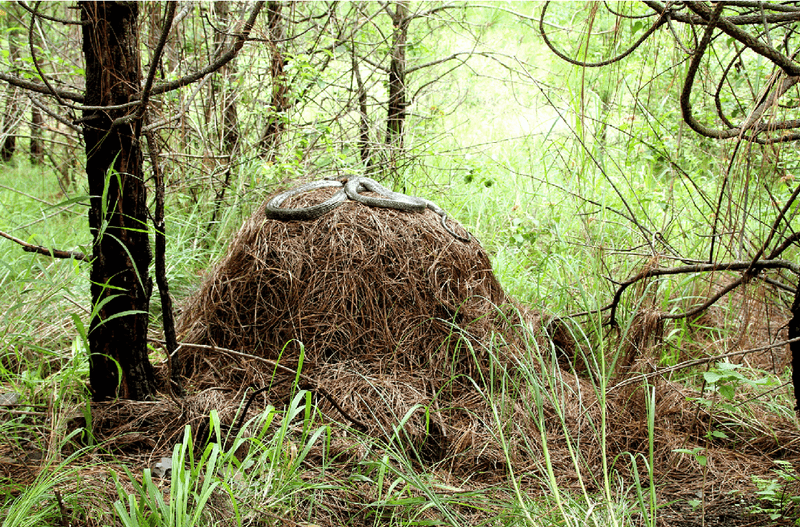
In the dense rainforests, the king cobra commands respect. This majestic serpent is the world’s longest venomous snake, known for its intelligence and fierce maternal instincts.
Female king cobras construct nests for their eggs, guarding them with unwavering vigilance. Their dedication to protecting their offspring is a testament to their complexity. Once hatched, the young snakes are left to navigate the wild independently, inheriting their mother’s legacy of strength.
Cuttlefish
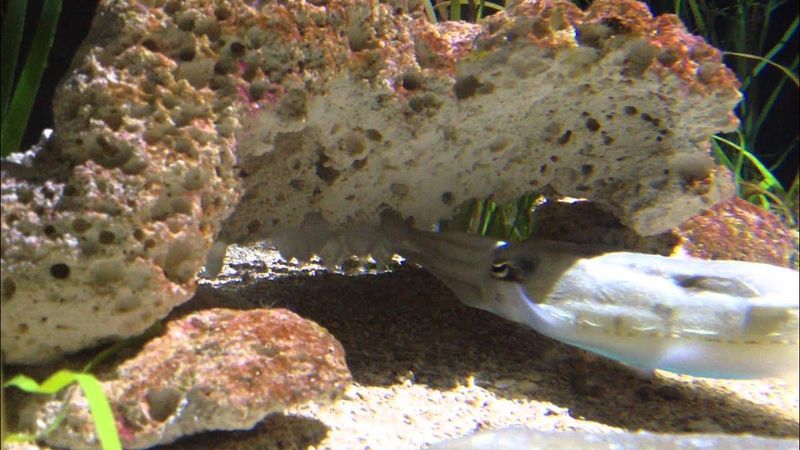
Cuttlefish, with their mesmerizing color displays and alien-like appearance, are masters of camouflage. These cephalopods lay eggs in clusters, attaching them to coral or seaweed.
The eggs resemble tiny pearls, safeguarded by the surrounding environment. Cuttlefish exhibit a flair for nurturing, ensuring their young have a safe start. Through their short lives, they captivate with dazzling displays and intelligence, epitomizing the wonder of marine biodiversity.
Echidna
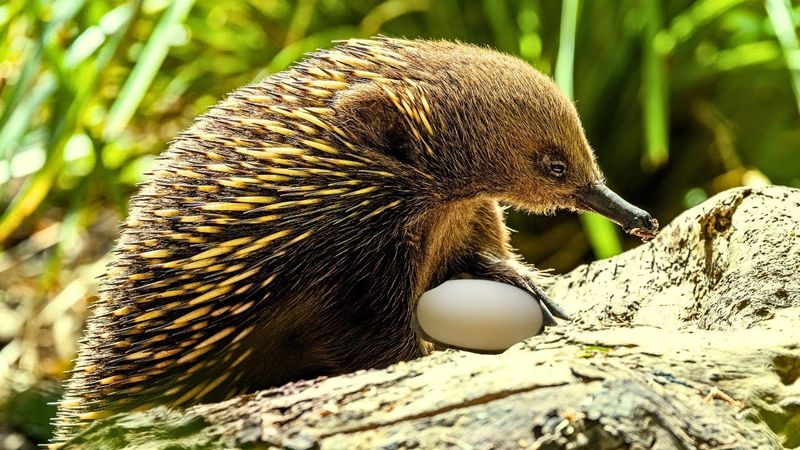
The echidna, often called the spiny anteater, is an enigmatic mammal found in Australia. Like the platypus, it belongs to the monotreme family, laying eggs despite its mammalian traits.
Echidnas lay a single soft-shelled egg, which hatches in the mother’s pouch. This unique blend of reptilian and mammalian features offers a captivating glimpse into evolutionary adaptation. Echidnas, with their distinctive spines and inquisitive nature, intrigue scientists and nature lovers alike.
Alligator
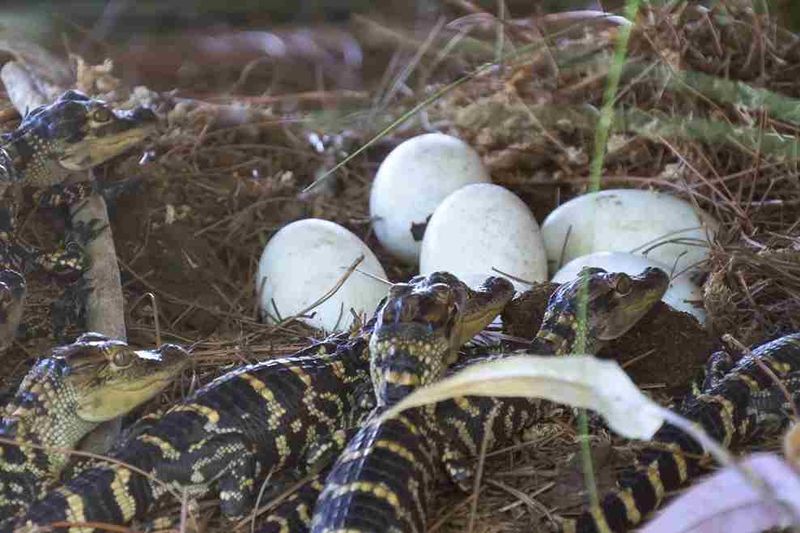
Quietly lurking in the swampy waters, alligators are formidable reptiles. These ancient creatures lay eggs in nests made of mud and vegetation, a testament to their survival strategy.
The mother’s protective nature is evident as she guards the nest, ensuring the safety of her offspring. Alligator hatchlings are born ready to face the challenges of their environment, inheriting the resilience of their ancestors. This cycle of life in the wetlands showcases the raw power and adaptability of these reptiles.
Cassowary
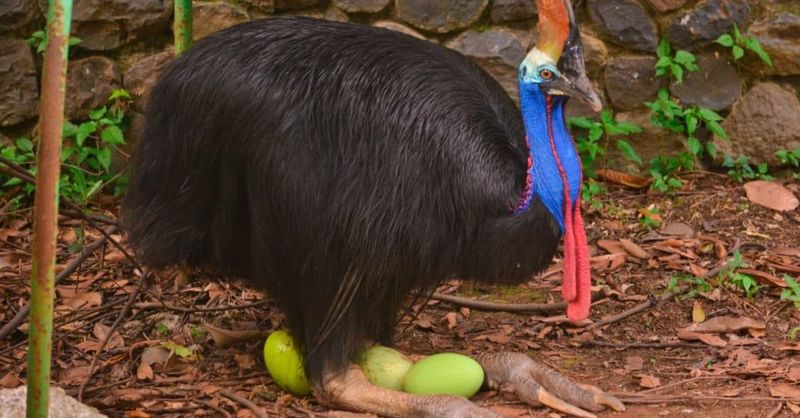
In the lush rainforests of New Guinea and northern Australia, the cassowary thrives. Known for its striking appearance and vibrant colors, this flightless bird lays eggs that match its grandeur.
Cassowaries play a crucial role in their ecosystem, dispersing seeds far and wide. Their eggs, laid in secluded nests, are a continuation of this cycle. Despite their imposing size, cassowaries are shy and elusive, embodying the mysteries of the rainforest.
Cobra
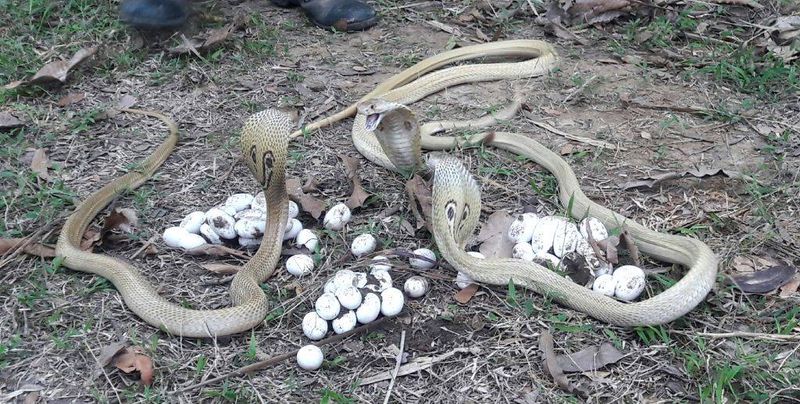
In the arid deserts, cobras are both feared and revered. These snakes lay eggs in protected burrows, where heat from the sand aids incubation. The cobra’s reputation for danger is contrasted by its role in the ecosystem, controlling rodent populations.
With their hooded elegance, cobras are a symbol of power and survival. Their eggs, hidden beneath the surface, represent the continuity of life in harsh landscapes.
Chicken
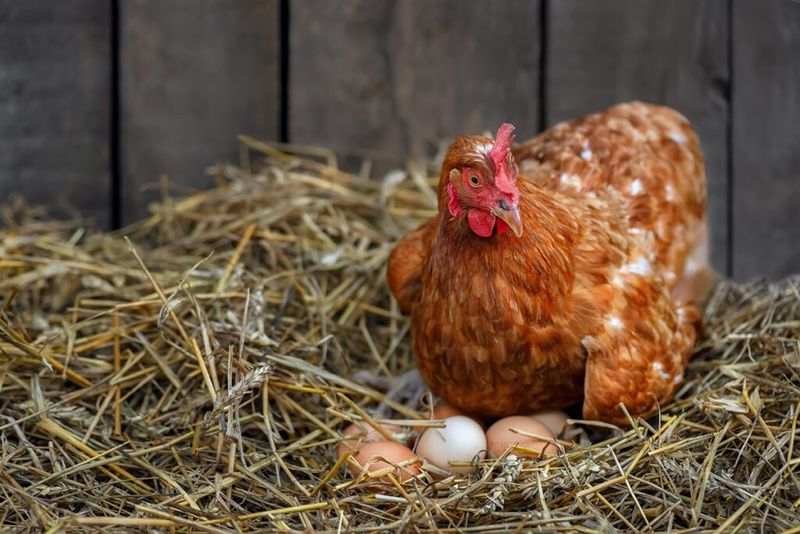
The humble chicken is a cornerstone of human agriculture, providing eggs that are a staple in diets worldwide. Known for their sociable nature, chickens lay eggs almost daily, a remarkable feat of biology.
Hens often lay their eggs in nests, ensuring a safe place for their offspring. Chickens have been bred for various purposes, from egg production to meat, showcasing their versatility. These birds, common yet extraordinary, continue to impact human culture and cuisine.
Gecko

Geckos, with their sticky toe pads and vibrant patterns, are masters of adaptation. These reptiles lay eggs in hidden crevices, ensuring safety from predators.
Found in warm climates, geckos are expert climbers, capable of vertical feats that defy gravity. Their nocturnal habits and chirpy calls add to their charm. Geckos embody resilience, thriving in various environments and captivating with their lively presence.
Penguin

Penguins, synonymous with icy landscapes, have evolved remarkable adaptations for survival. These birds lay eggs on land, their streamlined bodies designed for efficient swimming in cold waters.
In harsh climates, penguins huddle for warmth, a communal survival strategy. Their eggs, cared for diligently, symbolize hope in barren environments. Penguins stand as icons of resilience, navigating the challenges of their frozen world with grace.

